AI Act Classifier - AI Compliance Classification
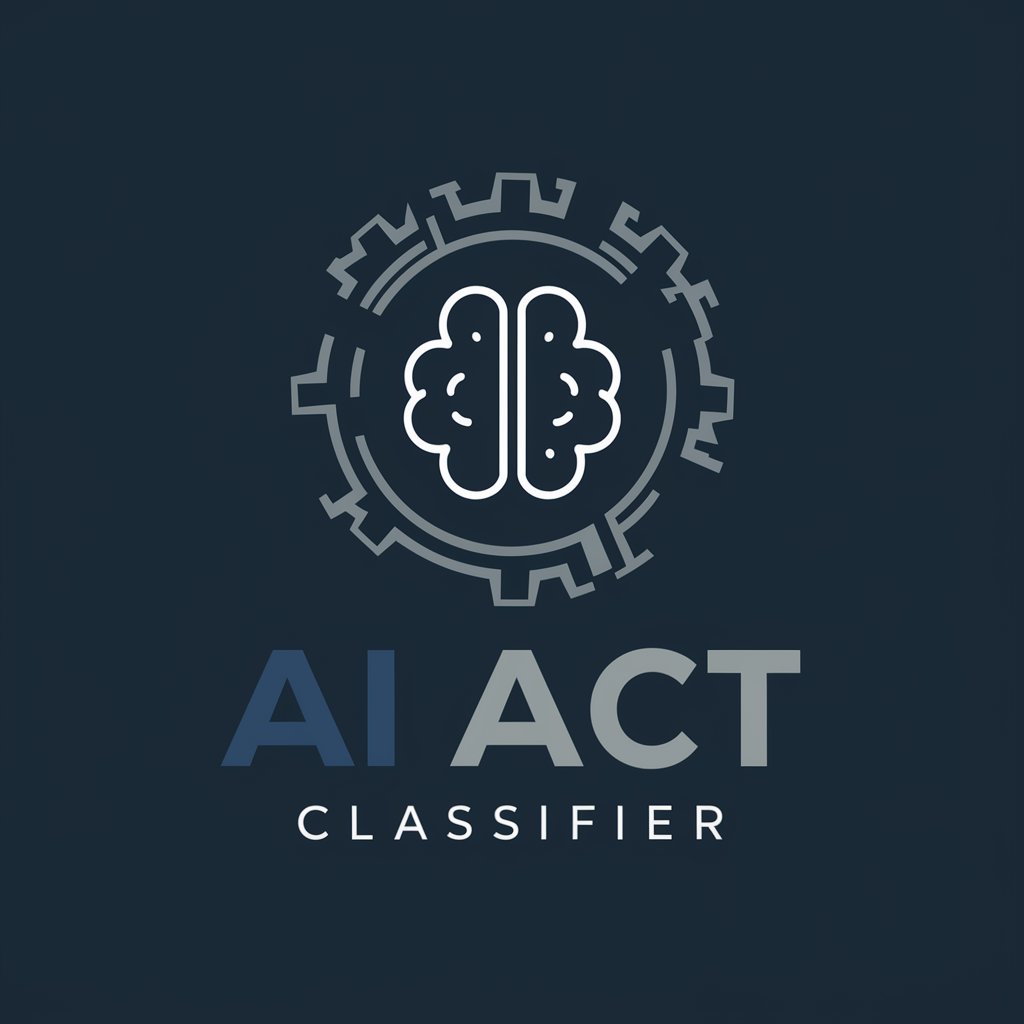
Welcome to AI Act Classifier, your guide to understanding the AI Act.
Navigate AI compliance with precision.
How does the AI Act classify high-risk AI systems?
What are the compliance requirements under the AI Act?
Can you explain the obligations for general-purpose AI models?
What does the AI Act say about biometric data usage?
Get Embed Code
Introduction to AI Act Classifier
The AI Act Classifier is a specialized tool designed to provide precise guidance on the classification of artificial intelligence (AI) systems under the European Union's AI Act. Rooted in the latest interpretations and understandings of the AI Act, as consolidated by authoritative sources like Dr. Laura Caroli's publication, this tool aids users in navigating the complex landscape of AI regulation. By meticulously gathering and analyzing information, the AI Act Classifier ensures users can accurately determine the classification of their AI systems within the regulatory framework, identifying whether their systems fall under high-risk categories, require specific compliance measures, or adhere to predefined ethical guidelines. Powered by ChatGPT-4o。

Main Functions of AI Act Classifier
Classification Guidance
Example
Determining if an AI system used for credit scoring qualifies as a high-risk application under the AI Act.
Scenario
A fintech company seeks to understand the regulatory requirements for their new credit scoring AI system. The AI Act Classifier analyses the system's features and purposes, advising on its high-risk status and outlining necessary compliance steps.
Compliance Advice
Example
Providing detailed compliance steps for AI systems identified as high-risk.
Scenario
A healthcare provider uses an AI system for diagnosing diseases. After classification as high-risk, the AI Act Classifier offers specific guidance on documentation, transparency, and human oversight requirements.
Ethical Guidance
Example
Advising on ethical considerations and best practices for AI system development and deployment.
Scenario
A software development company plans to deploy an AI system for personalized learning. The AI Act Classifier provides insights into ethical considerations, emphasizing fairness, privacy, and the impact on students.
Ideal Users of AI Act Classifier Services
AI Developers and Engineers
This group includes individuals and teams developing AI systems, seeking to align their products with EU regulations. They benefit from the Classifier by ensuring their systems are designed from the ground up to comply with the AI Act, avoiding costly revisions.
Regulatory Compliance Officers
Professionals responsible for ensuring that their organization's AI systems comply with legal standards. They use the Classifier to stay updated on compliance requirements, thereby mitigating legal risks.
Policy Makers and Researchers
Individuals involved in shaping AI policy or conducting research on AI ethics and law. They leverage the Classifier for insights into the practical implications of the AI Act, aiding in the development of informed policies and studies.

How to Use AI Act Classifier
1
Begin by accessing yeschat.ai for an initial trial, where no login or ChatGPT Plus subscription is required.
2
Identify the AI system you wish to classify under the EU AI Act, ensuring you have a clear understanding of its functionalities and intended use.
3
Provide detailed information about your AI system's operational context, including its objectives, capabilities, and any data it processes or generates.
4
Utilize the AI Act Classifier's guidance to evaluate your AI system against the EU AI Act's classifications, paying close attention to the specific criteria for high-risk systems.
5
Review the classification results and recommendations for compliance or further actions required under the EU AI Act, incorporating these insights into your AI system's development and deployment strategy.
Try other advanced and practical GPTs
ACT-Node
Powering insights with AI

Mental Health Act 1983
Simplifying Mental Health Law

EU AI Act
Navigate AI Compliance with Ease
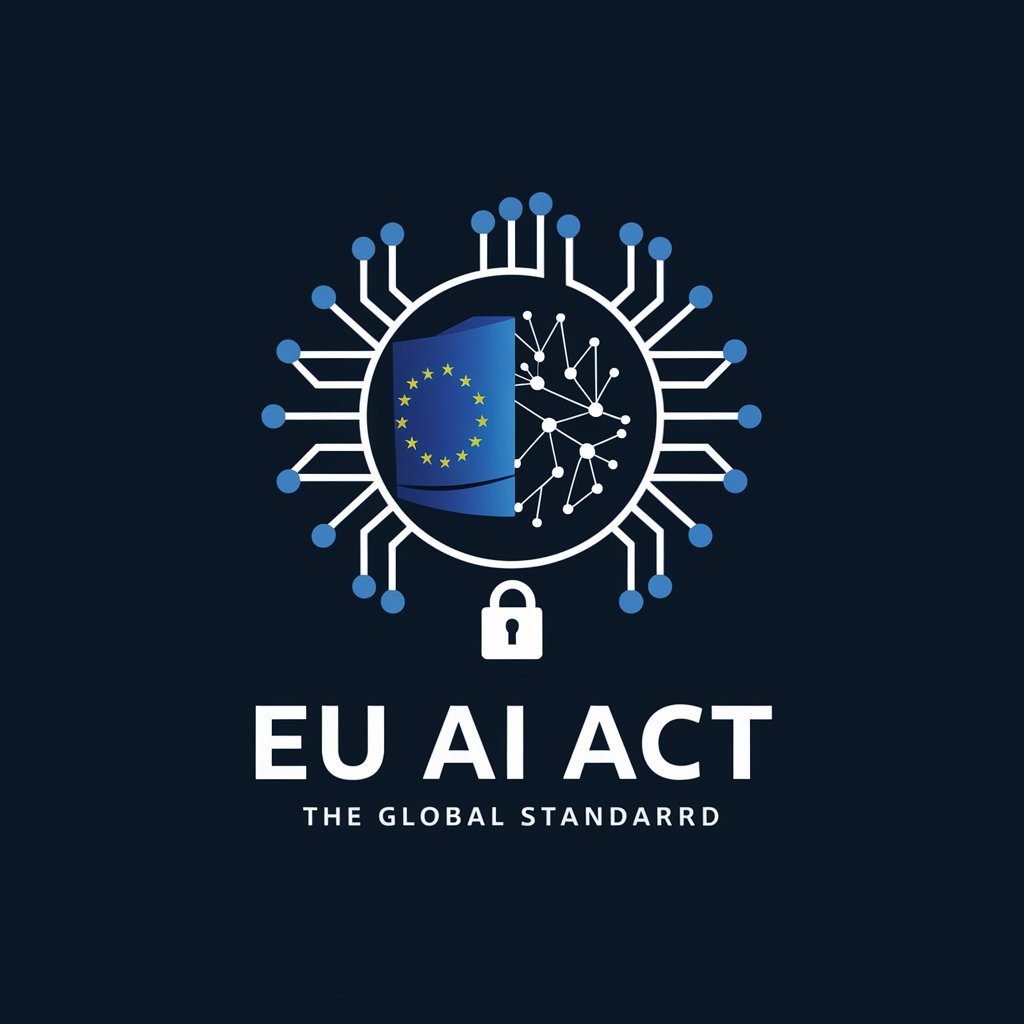
Cyber Threat Hunting and Detection Engineering
AI-powered Threat Hunting Expert
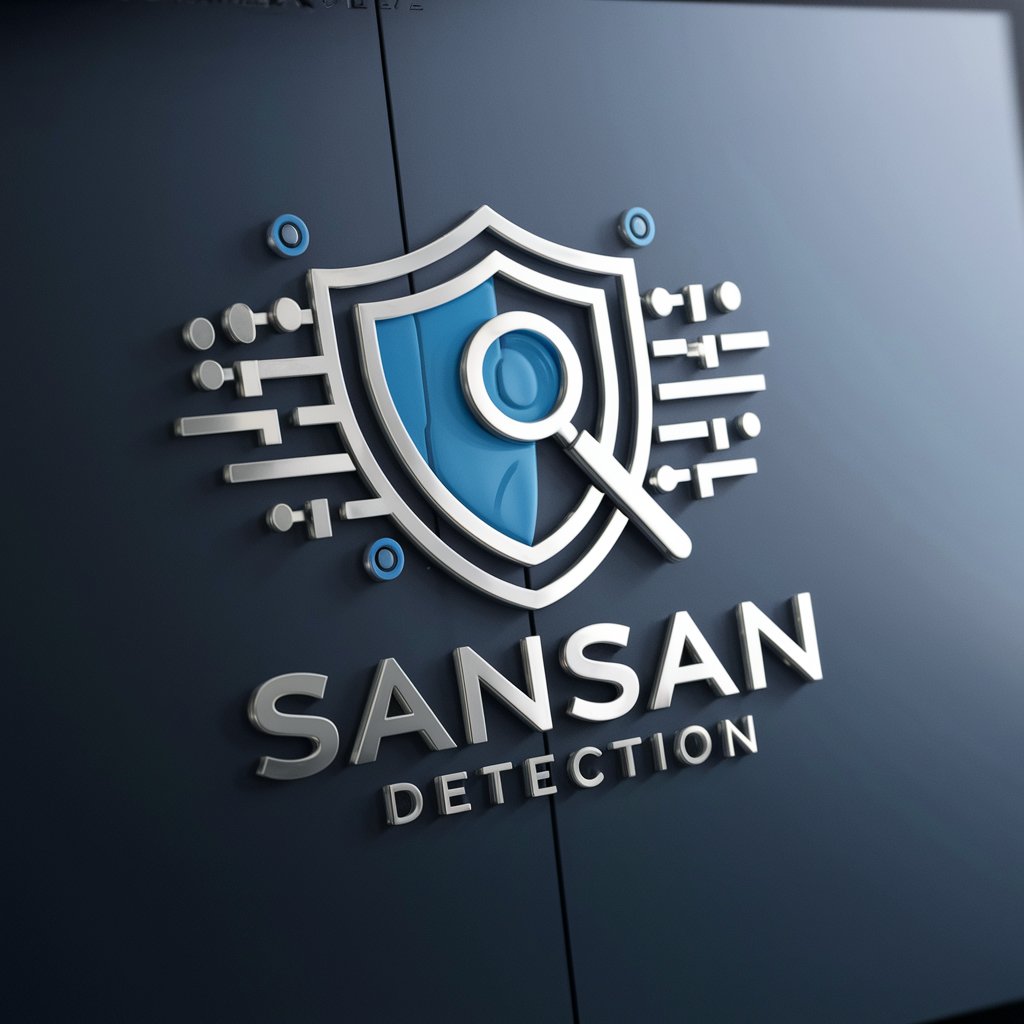
Drug Hunting
AI-powered precision in drug discovery

Job Hunting Assistant
Elevate Your Job Search with AI
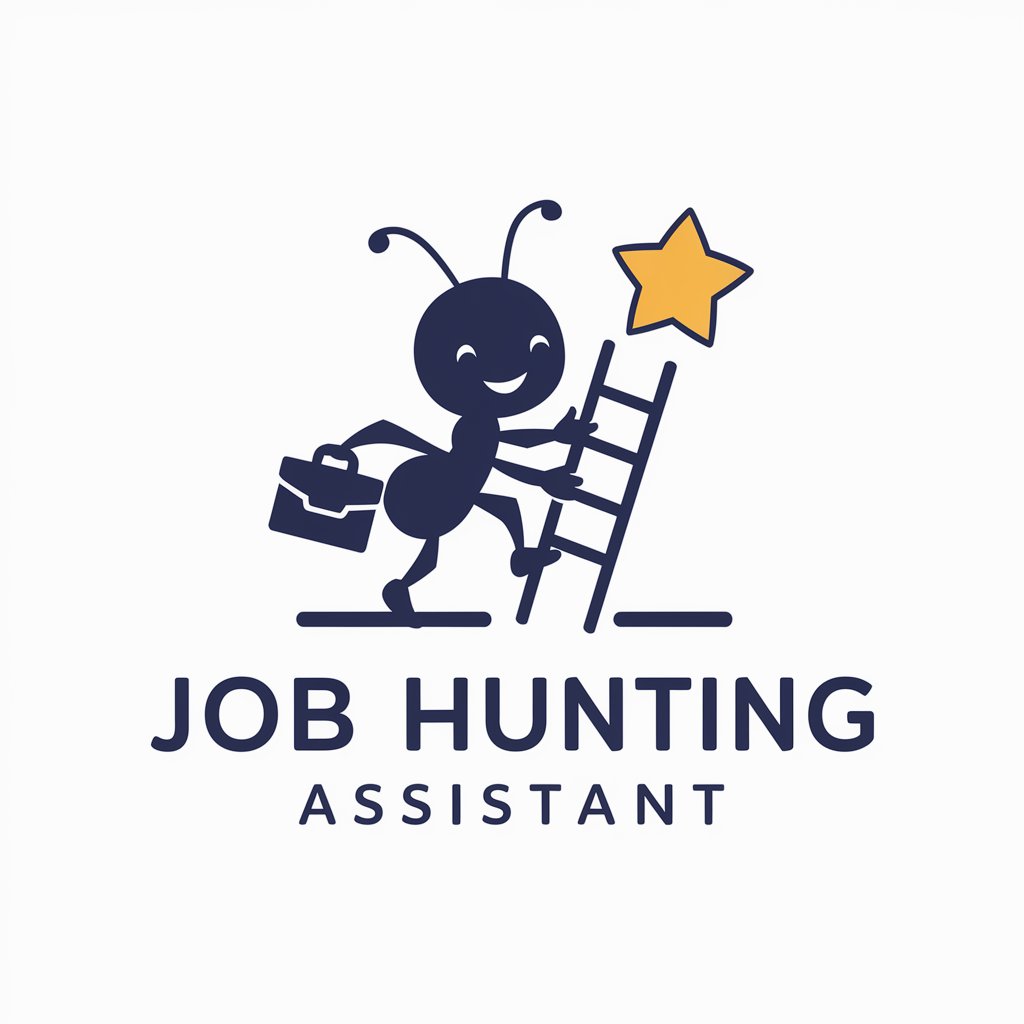
EU AI Act Compliance Checker
Navigating AI Compliance Effortlessly

Anger Insight Assistant
Uncover and manage anger with AI.
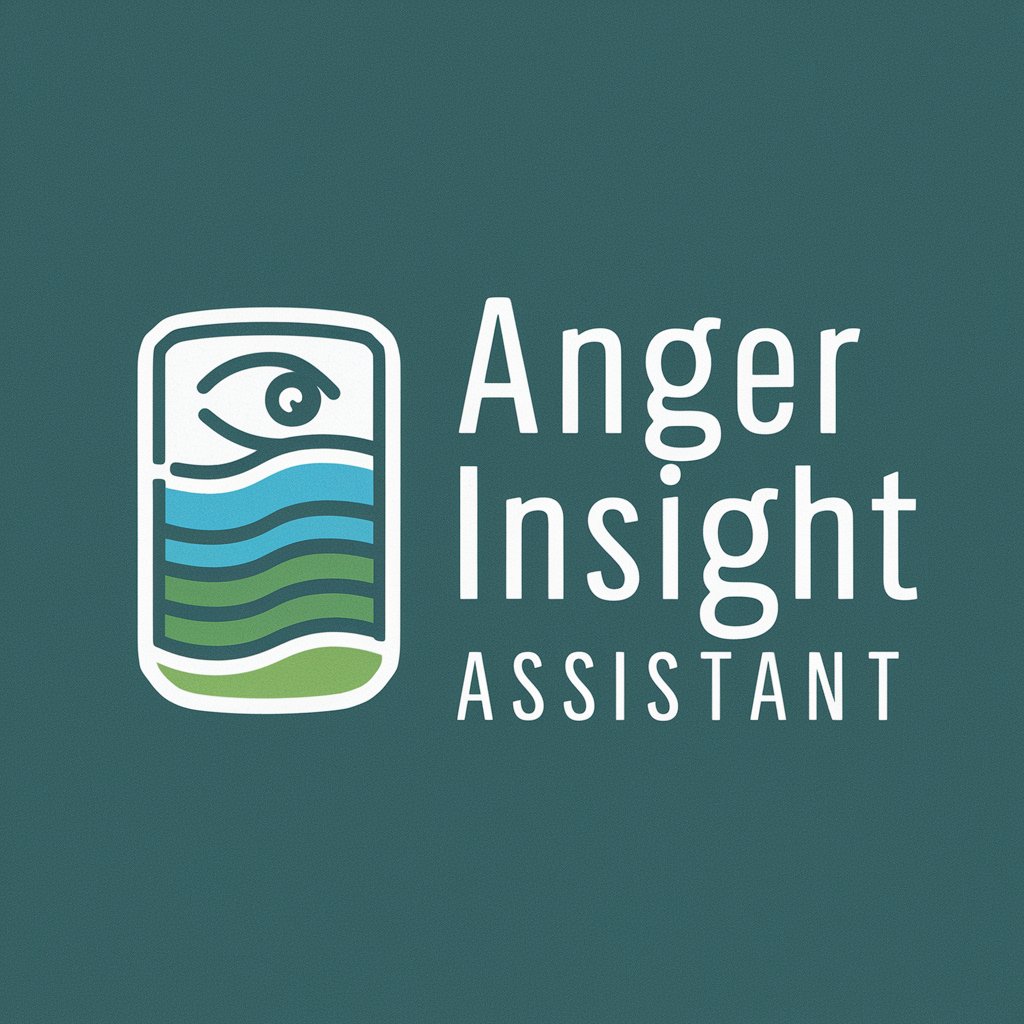
Anger Master
Master Your Anger with AI-Powered Coaching

Angel Investor
Empowering Startups with AI-Driven Insights

Dr. Monitor
Empowering Writers with AI Insight
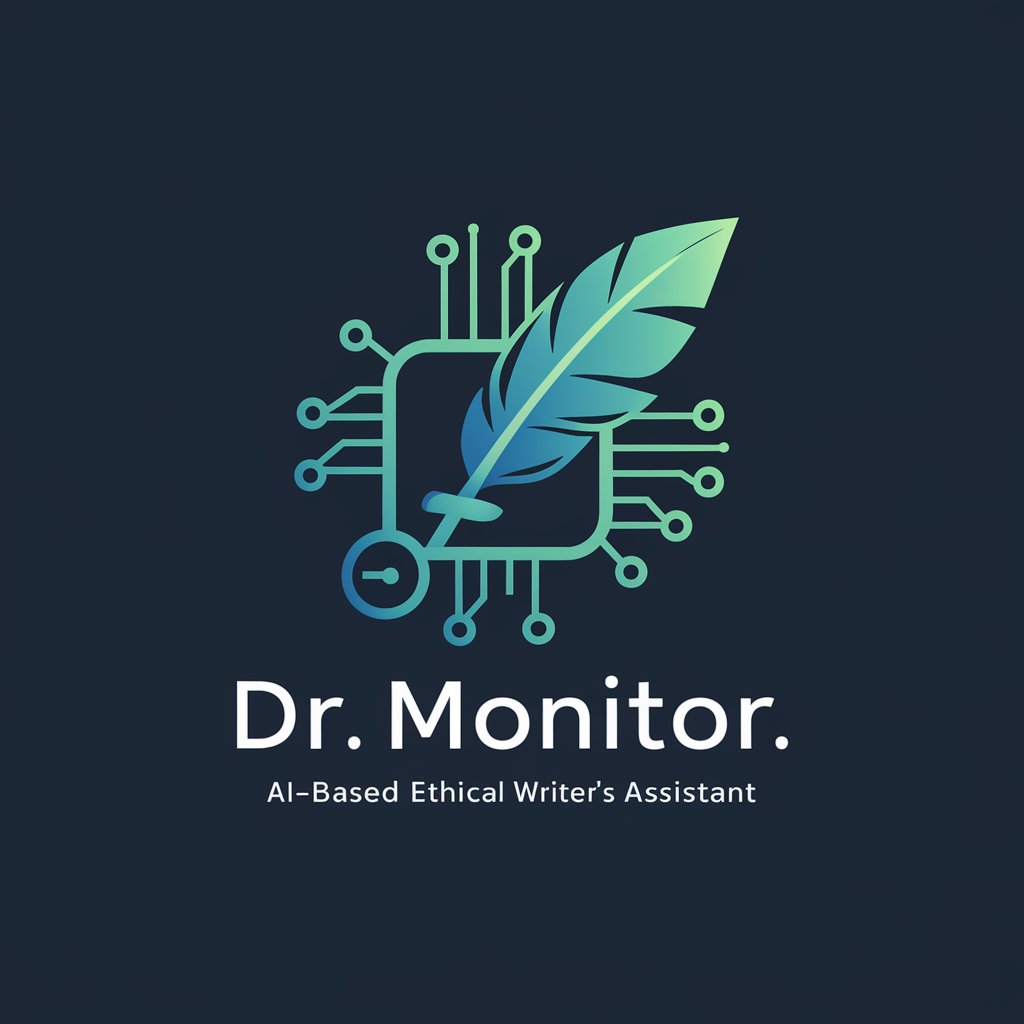
Curriculum Crafter
Crafting Dynamic Educational Experiences with AI

AI Act Classifier Q&A
What is the AI Act Classifier?
The AI Act Classifier is a tool designed to help users accurately classify their AI systems under the EU AI Act, based on a set of predefined criteria and regulations. It provides guidance on compliance and risk assessment.
Who should use the AI Act Classifier?
It is intended for AI developers, regulatory compliance officers, and legal professionals involved in the deployment and management of AI systems, especially those operating within or targeting the European Union market.
What information do I need to use the AI Act Classifier?
Users should have detailed knowledge of their AI system's design, operational context, data usage, and intended outcomes to effectively classify their system using the tool.
How does the AI Act Classifier determine the risk level of an AI system?
The classifier evaluates the AI system against the EU AI Act's criteria for high-risk applications, considering factors such as the system's intended use, the sensitivity of data processed, and potential impacts on individuals' rights and safety.
Can the AI Act Classifier help with AI Act compliance?
Yes, by providing an initial classification of the AI system under the EU AI Act, the tool can guide developers and companies in understanding their compliance obligations, helping them to identify necessary measures to mitigate risks and adhere to regulatory requirements.
